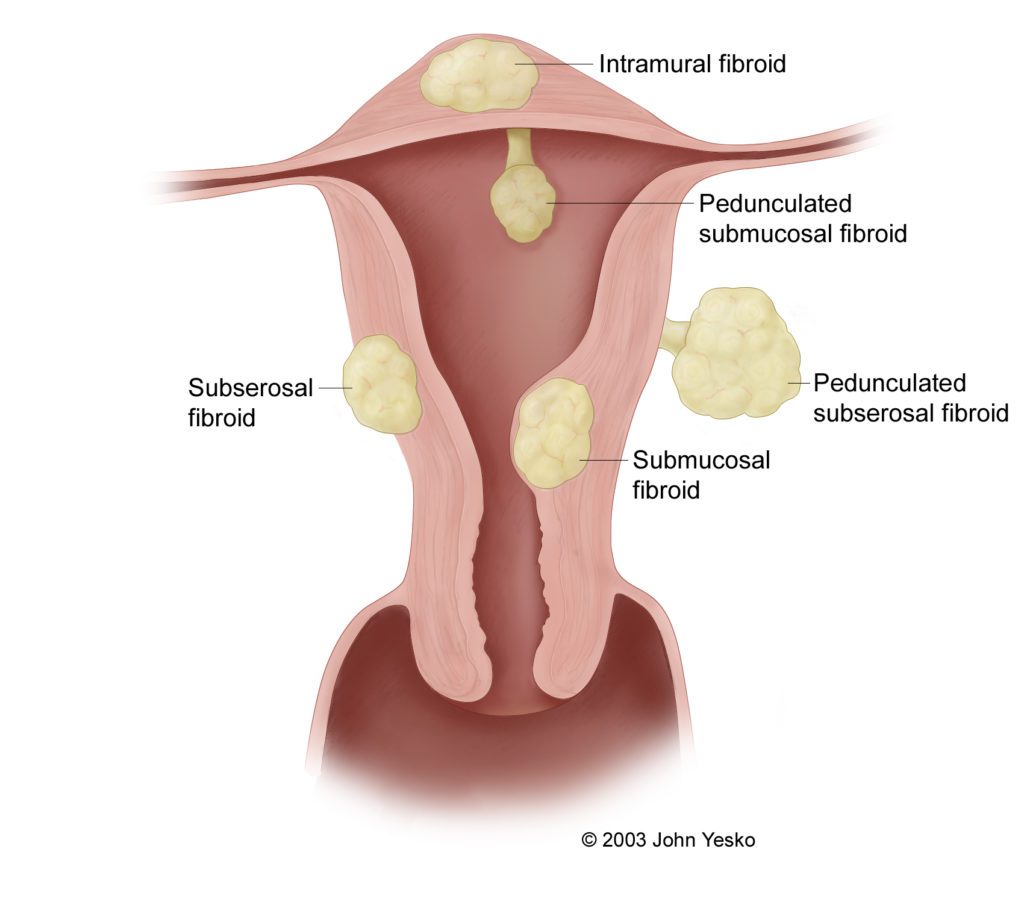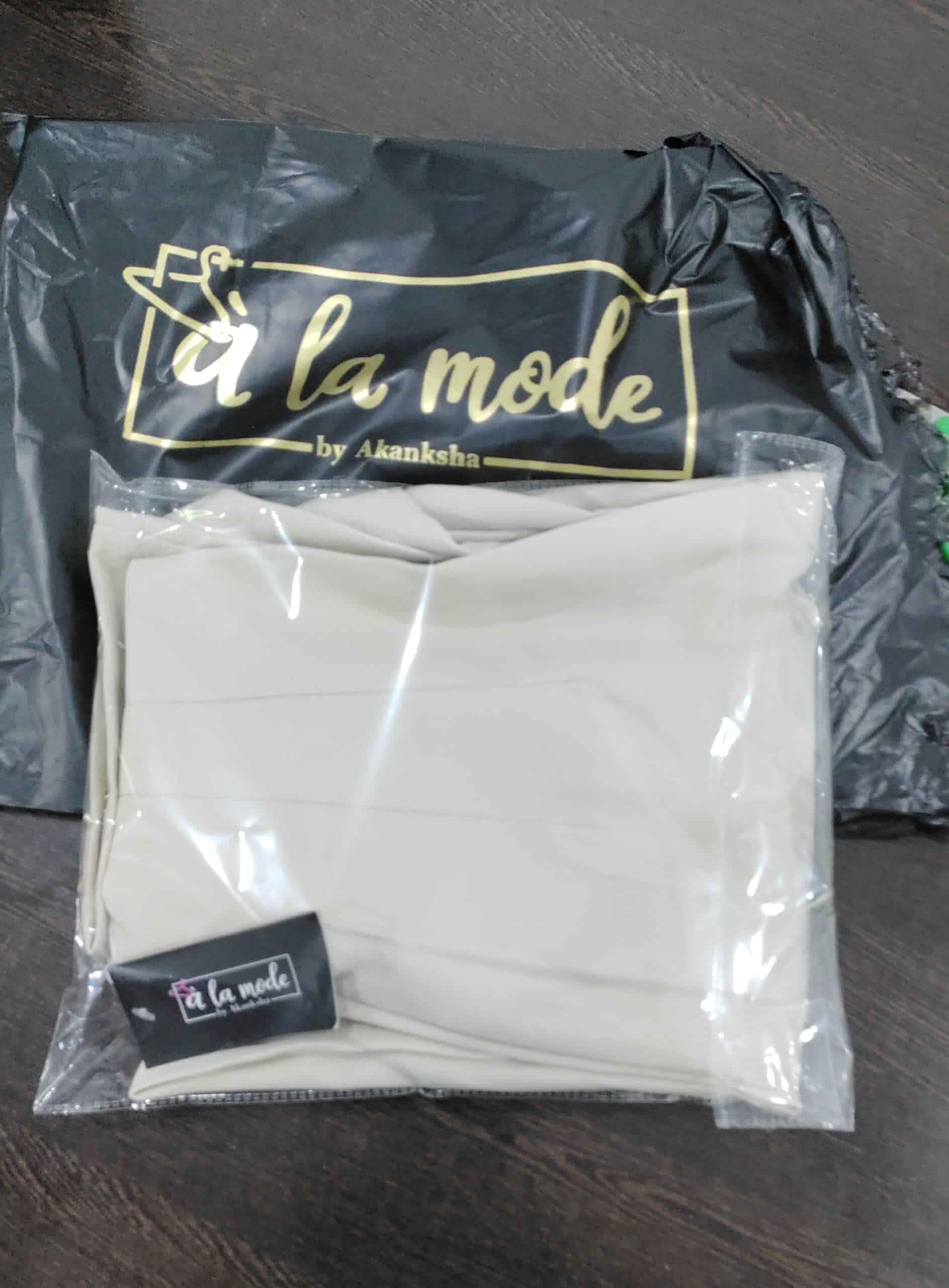
What is Fibroids
Fibroids are non-cancerous growths which occur outside or deep inside the uterine tissue. Uterine fibroids vary in terms of their size, shape, and location in the womb. Fibroids are prevalent in women between the ages of 30 and 50 with statistics suggesting that around 75% of women will have experienced fibroids by the time they reach 50 years of age. Though uncommon, fibroids are possible in younger women as well.
Fibroids Treatment:
Fibroids treatment is not always required. In some cases, the presence of a fibroid or several fibroids may have a crippling effect on a woman’s life. With symptoms like heavy and prolonged menstrual bleeding, pelvic pain, cramps, fertility issues as well as bowl or urination concerns, managing fibroids may become essential. This is where birth control pills come in.

Birth Control Pills
Birth control pills are used for fibroids management due to the hormone regulating properties they contain. If the correct pill is used, fibroids symptoms can be lessened to a great extent. Uterine fibroids are highly receptive to hormones and with the aid of a low-dose estrogen pill, bleeding and abdominal cramping can be reduced significantly. Birth control pills are also believed to be a preventative measure. For women who have never had fibroids having a smaller chance of developing them whilst taking the oral contraceptive.
Negative Effects of Birth Control Pills
Bearing the above in mind, however, birth control pills may cause the opposite effect. In order to determine whether the birth control has been effective in managing the fibroids or if an alternative method should be considered, it is necessary to observe its effects. Many shy away from birth control as a treatment option. The contraceptive pill comes with its own complications which may not be worth the slight fibroid symptom relief.
Birth control is suggested as a non-surgical treatment option. There are other treatments available for those unwilling to go under the knife. Fibroid embolization is a highly effective and minimally invasive procedure for uterine fibroids. With an incision of around 2mm, a likely discharge from hospital on the same day as well as no effect on the ability to conceive, it is clear as to why the innovative treatment is gaining popularity. The technical procedure basically starves the fibroids of blood and causes them to disappear from the womb in this way.
Every patient is unique, with their own set of concerns and a personal medical history. In-depth consultation is essential prior to any treatment which will help to decide the most suitable path for fibroid sufferer.
Author Bio:
Razeena Palekar is a B.Com graduate. A creative by nature, she uses writing to express her opinions on just about everything. With a penchant for all things food related, you can find her cooking up a storm or seeking out new places for a spot of dinner.















